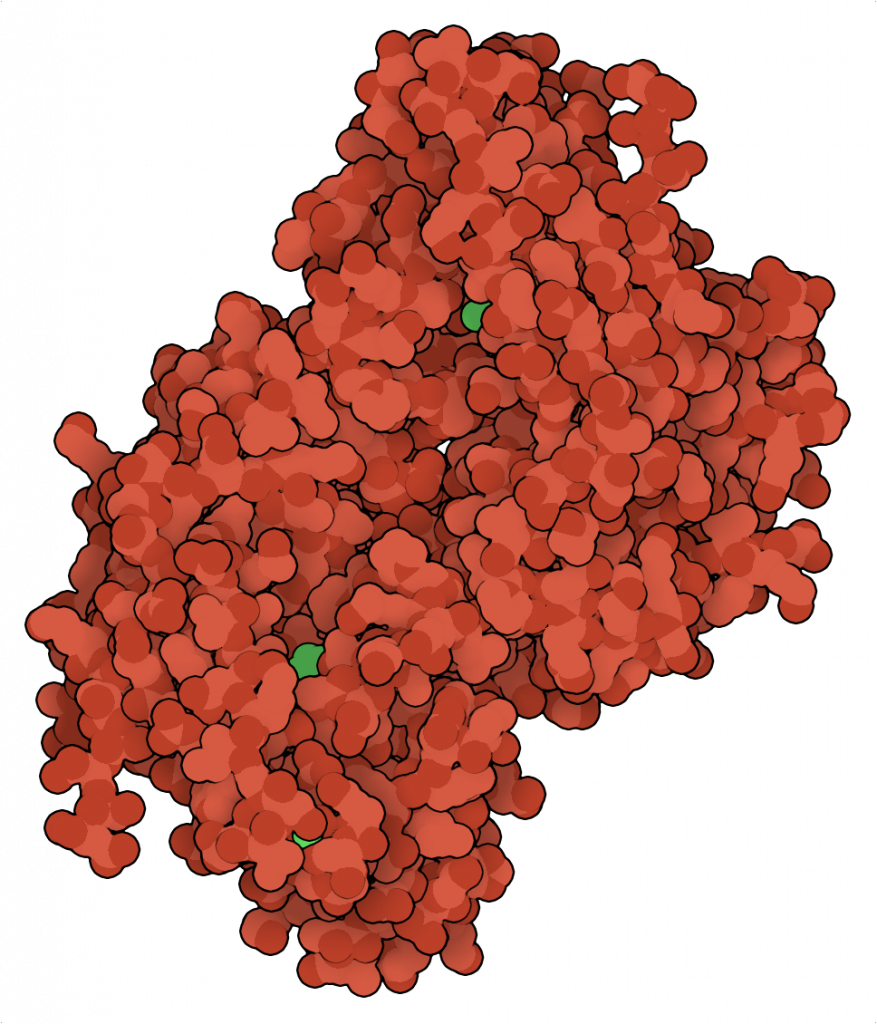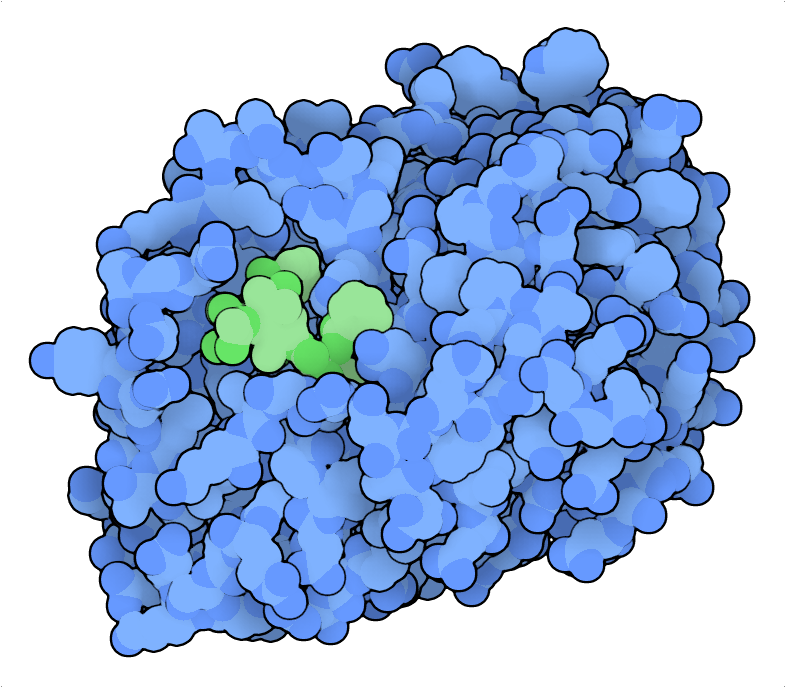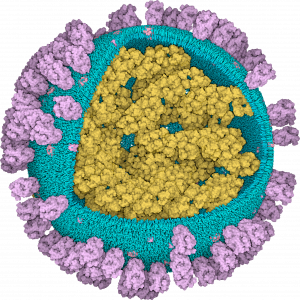The Forli Lab at Scripps Research
Molecular Modeling & Drug Design
We develop computational methods and apply them to therapeutically relevant targets to unravel new biology for drug design.
Collaborations & Initiatives
The Forli Lab is one of the members of the Center for Computational Structural Biology (CCSB). We also lead the Resource for Structure-based Computational Drug Discovery and Design (RSCD3), directed by Dr. Stefano Forli. We collaborate with experimental and computational labs at Scripps and beyond to develop and apply new modeling tools.
Our Focus
Our methods aim at predicting and analyzing the interactions of small organic molecules (either synthetic or from natural sources) with biological macromolecular structures such as proteins and DNA/RNA.
To model such interactions, we need to understand the physical components that orchestrate them: from the large-scale breathing movements that protein structures show in solution, down to the key role that a single water molecule can play in modulating the binding affinity of a potential drug candidate.
Our Approach
Our research requires multi-disciplinary skills that combine computer science and chemistry, physics and biology, mathematics and medicinal chemistry. Beside docking, we use MD simulations, pharmacophores, and mesoscale modeling tools, and make extensive use of Python, as well as C++.





